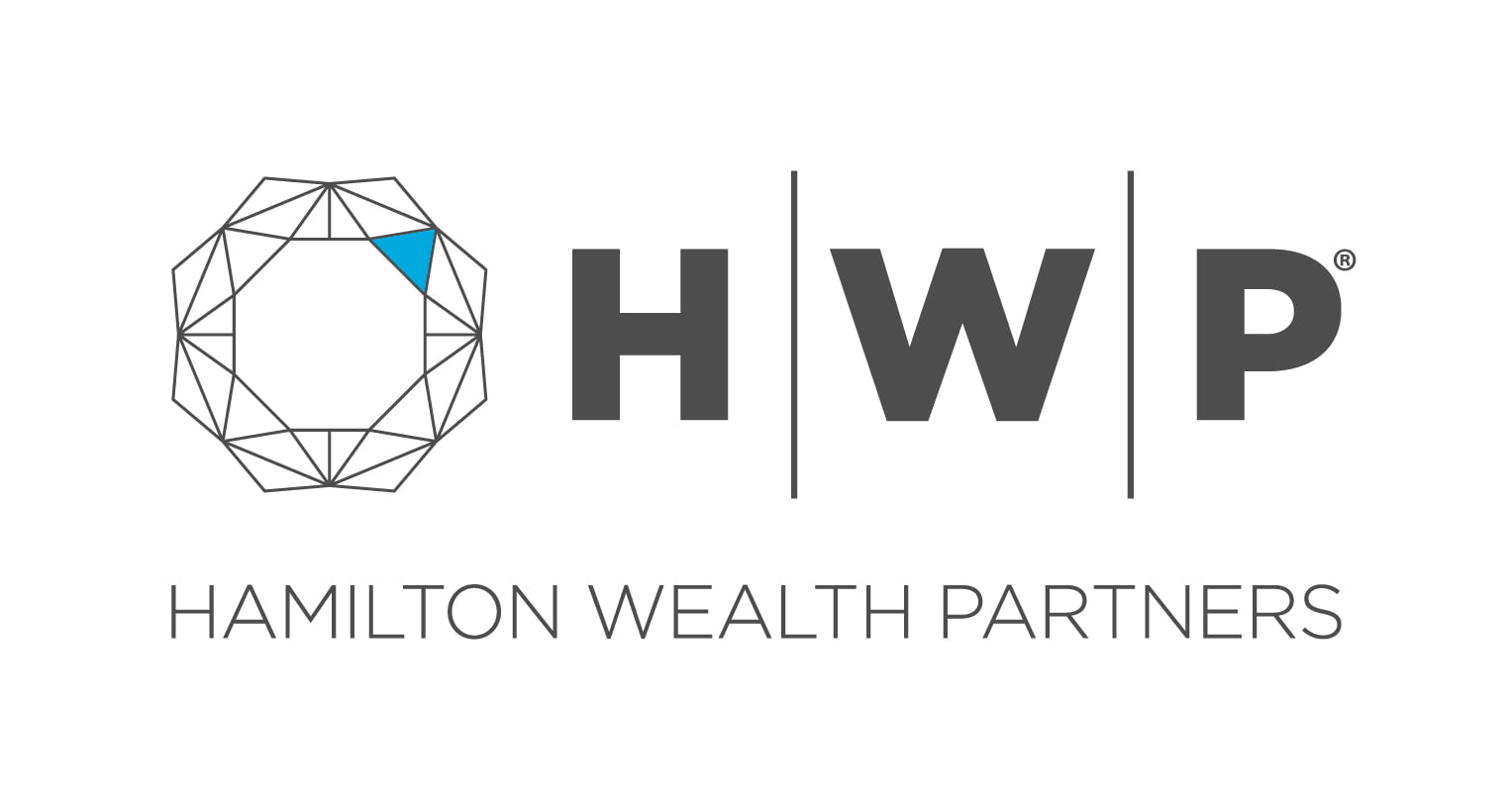US EARNINGS SEASON.
Earnings season in the US has not just lived up to expectations but exceeded them. We have witnessed the fastest rise in over a decade, spurred on by the vaccine rollout.
Vaccine rollouts are also worrying markets. As we know only too well, on the eastern seaboard of Australia, the need to accelerate the pace of vaccine rollout or COVID-19 takes over again as a theme upsetting markets – and starting to dominate as a negative news cycle.
While vaccine rollouts in Australia have been slow, in many other parts of the world, such as the US and Europe, they appear to have stalled. Deteriorating economic news and the resilience of COVID is as much a global theme as it is a domestic one.
The challenge for investors in planning asset allocations is to decide whether we have reached the peak in markets. Whilst we see a degree of complacency has crept in our key message is to be prepared for volatility. Now is the time to be disciplined with your asset allocation and not panic by selling too early. Here is why. Whilst growth momentum (the change in the rate of growth), has peaked, earnings growth will still start to slow, and there are some short-term headwinds, but we are less concerned about a more significant slowdown and therefore downturn.
- Our first reason is interest rates. If investors are looking for yield, then equities are compelling. Equities are both mainstream and liquid. We remain an advocate of ‘buying the dip’ for quality liquid assets such as equities.
- Our second reason is inflation. Market bears are pointing towards systemic not transitory inflation. Yes – the US inflation rate of 5.4 per cent represents the fastest inflation growth rate since 2008. But if you look below the data, factors like the increase in air fares, and second-hand motor vehicles has a lot to do with these figures. Remove these levers and inflation looks to be more in line with rates of the past decade.
- US equity drawdown. The key issue in the US is equity valuations but with the “E” in P/E ratios having adjusted due to strong corporate earnings, valuations are not as stretched as they have been. Accommodative policy settings, excess capacity and excess household savings will support equity markets in the medium term.
THE PANDEMIC RETURNS AS AN ISSUE (IN AUSTRALIA).
The other macroeconomic issue in play now, especially in the minds of Australian investors, is the pandemic. We have argued before that inflation has overtaken market debate as the core issue rather than the pandemic.
This is the case in most developed markets where a significant percentage of the population is vaccinated, and they are learning to live with the virus without the need for lockdowns.
In Australia we remain dominated by rolling lockdowns with a sharp focus on how these will impact our own domestic economy.
As Capital Economics in London have repeatedly argued, economic damage is caused by measures to curtail the spread of the virus rather than by the virus itself, in other words by lockdowns. Their key takeaway is that “when we think about what living with COVID for the long term might look like, it’s important to keep in mind that any return to economic norms will require the need for occasional lockdowns to become obsolete.”
If vaccine levels do stall, we believe the downside will be limited. That is because Central Banks and Governments will remain proactive in the stimulus that they provide.
High levels of vaccination, living with the virus, and the end of lockdowns will see GDP return to pre-COVID levels and support a more bullish macro-economic environment.
So, if both growth and inflation have peaked as we suggest they have, where are we in the cycle? If an investor feels we are at the end point they would therefore take a defensive position in their portfolio; if it is believed we are at the midpoint then there could be further gains ahead of us.
MID-CYCLE.
We would argue we have just entered mid cycle.
Having said that, the speed of this cycle is quicker than we have experienced for some time, we have been and remain concerned over complacency and expectations. A pull back could well occur; however, this does not signal the end of the expansionary phase of the cycle. Buying the dip would be how we play this if you are underweight risk-based assets in your asset allocation and not selling ahead of the dip fearing we are at the end of this cycle.
Some segments of equity markets do appear overvalued, but equities nevertheless represent clear value over fixed income especially on a yield perspective. In the 146-year history of the ASX, 80.1% of the time, the market rises. One in five years on average, the market declines. As one pundit noted recently, ‘volatility is the price you pay for a seat at the table.’
The aspect that is different in this cycle is the speed of it. Whilst we believe we have only entered mid-cycle it has been and will continue to be faster than previous cycles.
Do not prejudge and stick to a disciplined asset allocation.



Login to …